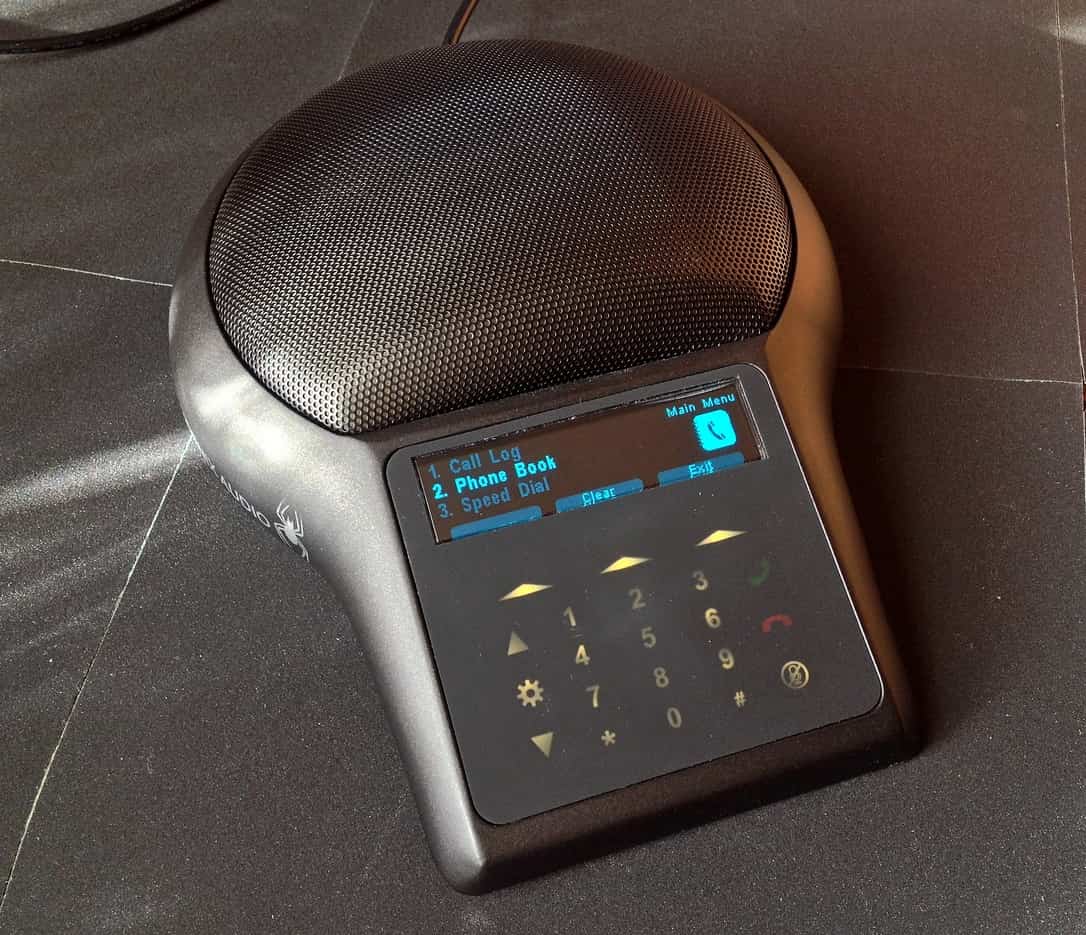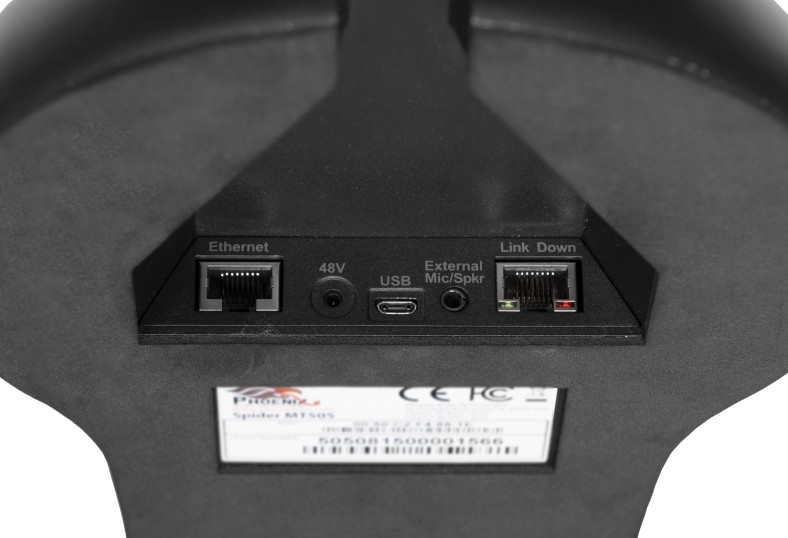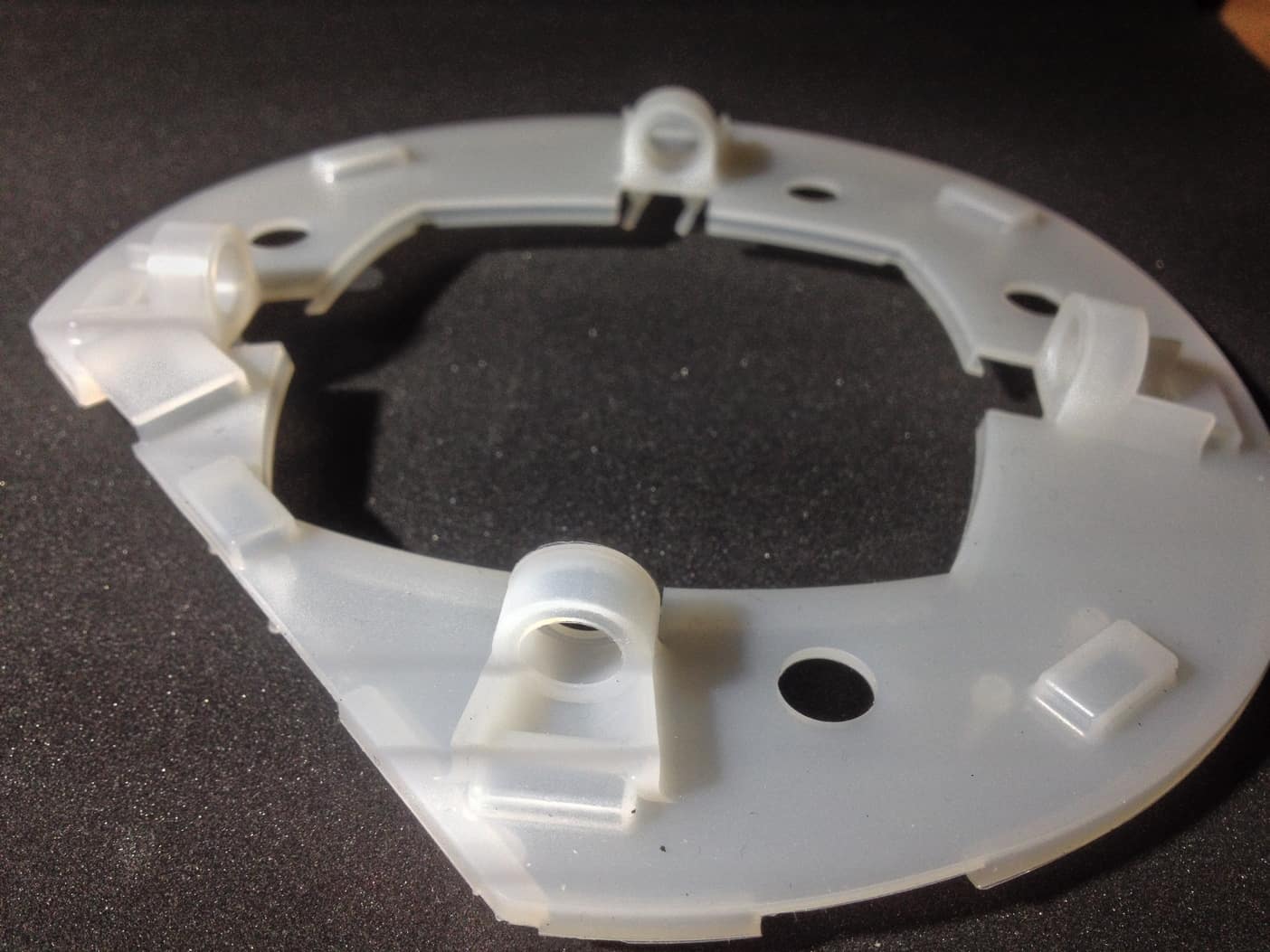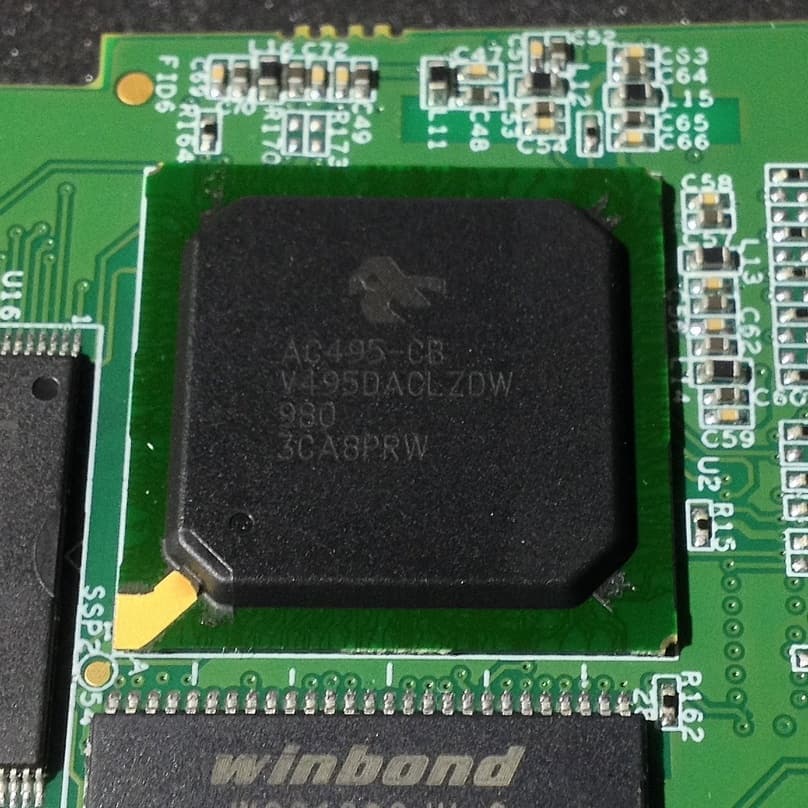The speakerphone is a frequent occupant of conference rooms, executive desks and impromptu meeting rooms. Small speakerphones are taken with them on trips, as well as used in the car and do not deny themselves conferences by telephone. They vary in their shapes and sizes, functionality and set of interfaces. Only their goal remains unchanged - to provide comfort in hands-free mode without headsets, microphone consoles and other devices.

I published this article earlier, received a good feedback from readers and I want to share the result of the work done. Under the cat there will be many photos of iron, technical information and how to put it into practice.
In which case should I use a speakerphone?
It's simple: using a headset is the perfect solution, the microphone capsule is located as close to the sound source as possible, and the speaker is located directly on the ear. Thus, the factors of the room and environment have practically no effect, due to which high sound quality is maintained.
If several people should participate in the conference, you will have to figure out a way to sound everything. There are several options:
- Apply the congress system: put a directional microphone, a microphone remote control for each conference participant and equip the room with an acoustic system
- Set array of microphones and soundbar
- Connect speakerphone
The speakerphone is the easiest and most affordable option. Moreover, I have a very good specimen for research, which I will be happy to analyze and show what's what.
In general, technically this is not just a speakerphone, but a conference phone, as It can be used without a PC.
So, here is the Spider from Phoenix Audio.
A mesh dome hides the microphone array and speaker. The device has an impressive mass and a sole made of foam material, so it stands firmly on the surface and does not produce unnecessary sounds when moving around the table and pressing keys.
A keyboard with a monochrome display stands out from the round case. The keyboard is covered with some rubberized material, through which the symbol symbols of the keys are visible.

At the bottom of the speakerphone there is a special cavity in which the interface of the speakerphone is located, and this space is also provided for organizing cables. Also, the connected speakerphone can be installed above the technological hole in the countertop.

The speakerphone is equipped with an Ethernet interface for autonomous operation of the SIP client and microUSB for use with a PC, as well as a connector for connecting an additional speaker system and Link Down. Most of us are familiar with the main ones and use them in everyday life, however, one of them definitely needs clarification. This is Link Down, which allows you to connect multiple speakers into a circuit with a simple UTP cable. The resulting array of speakerphones works in concert as a single device, and can cover a conference room with an area of up to 100 m².
Underwater rocks
As you know from the school physics course, the sound pressure level decreases with distance from its source. The fall occurs logarithmically, and it can be calculated using the equation:
ΔL = 20lg (r 1 / r 2 )
where r 1 and r 2 - the distance to the sound source at the start and end points.

Here, for example, calm speech at a distance of 20 cm, above the auditory threshold by 60 dB.
| Distance from source
voices, m | Sound level drop
pressure relative hearing threshold, dB | Life example | Minimum ratio
microphone gain |
| 0.2 m | 60 | Face to face communication | one |
| 0.5 m | 52 | Background laughter | 3 |
| 1m | 46 | Background dialogue | fifteen |
| 2 m | 40 | Stormy discussion behind the wall in the meeting room | 63 |
| 4 m | 34 | Noise level at office on Saturday morning | 250 |
Moving away from the speakerphone by more than 4 m, the sound pressure level is reduced to the background noise of the office. This greatly complicates the task of electronics in capturing and processing sound, and also increases the requirements for amplification of sound and the use of special processing algorithms.
What is there inside?

The "Spider" is disassembled, and you can consider all the electronics in detail. All the work is done by 3 main components: an array of microphones, a motherboard and a sound power amplifier board.
And now, in order:
An array of microphones generates sound capture rays. The system analyzes the environment and includes microphones in such a way that it is better to amplify only the voice and only from the direction from which it comes.

The speakerphone uses directional electret microphone capsules with an effective working angle of about 130⁰. The capsules directed in all directions have a certain overlap in the corners of sound acquisition (about 40⁰): this allows you to form accurate sound capture rays by subtracting and summing signals from different capsules.
This board also has a light indication of the device, operational amplifiers and a matching system with the main processor.

Here the initial volume leveling of the input signal takes place: for each microphone there is a dual operational amplifier, which through the feedback system increases the amplitude of the weak signal and reduces too loud sounds to a predetermined level, i.e. changes the sensitivity of each microphone individually. Next, we will find out why this is necessary.

The array of microphones is completely wrapped in a silicone case, where each capsule is allocated a separate seat. So that microvibrations from the speaker and rustles from touching the body of the device that arise when working with it do not cause noise and rattling in the captured sound.

Next, the sound falls on the motherboard for digitization, processing and transmission to the interlocutor.

The heart of the “Spider” is the chip of the Israeli company AudioCodes, which controls all processes, peripherals and interfaces in the device. Also, as part of this chip, there is a digital signal processing processor (Digital Signal Processor, hereinafter referred to as DSP).
DSP divides the spectrum of the received sound into separate sections and processes them in parallel, removing everything that differs from the human voice. Unlike ordinary congress systems, the software part in DSP is the main part of the speakerphone, and it implements the following sound processing algorithms:
The adaptive filter analyzes the sound in the room and suppresses evenly distributed static noise, for example, noise from the air conditioner, sounds from the street or the rustling of a laptop cooler. The principle of operation is similar to the human ear: at first in a noisy environment it is quite difficult to communicate, but after adaptation, the influence of stimuli decreases. The only difference is that DSP does it almost instantly, which saves us from getting used to it.
However, there are situations in which speakerphones literally go crazy, and the reason for this is the anti-listening system, which our special services really like.
These systems work on window frames to fill the room with random noise, inaudible to the human ear. In this case, the adaptive filter simply does not have time to adapt to rapidly changing conditions and only worsens the situation.
Echo cancellation. In this case, we will consider the echo as returning our own voice to the interlocutor. The microphone picks up what the speaker reproduces, and the interlocutor hears himself, which is very serious annoying :)
Thus, the interlocutor’s replica exists in two forms: the original reproduced by the speaker, and the echo copy received from the microphone. Based on the fact that the processor “knows” which signal it sent to the speaker, it remains only to subtract one from the other. After subtraction, clicks and sound interruptions can be heard, since these audio tracks still differ due to the geometric properties of the room and therefore, after this procedure, an additional adaptive filter is used that removes the residues of the subtraction. Over the years of the development of digital audio, many solutions to this problem have been invented, the algorithms of which are anxiously guarded by manufacturers and patent offices. Therefore, the software part of the DSP is the most important and valuable component of the entire device, where the hardware is secondary.
- Reduced reverb . In a room without a special acoustic finish, any sounds are reflected many times, and these reflections create an unfavorable noise. Most of the problems for developers are caused by surfaces that mirror sound, such as glass. Since the direction of reflections is constantly changing, most of them are easily cut off, capturing sound in only one direction. An array of microphones under the control of DSP generates rays of directional sound capture in order to reduce the effect of reverb to the level at which a special software filter will continue to work.
- AGC, or automatic gain control, compensates for the difference in sound pressure level. Simply put, a speakerphone equalizes in volume both quiet, apathetic speech and loud, emotional cues. Processing starts from the moment the sound is captured by the microphone array, DSP normalizes the signal amplitude level to conduct high-quality further processing, which takes place digitally. As a result, it is often impossible to determine at what distance from the speakerphone the interlocutor is: he sits at the negotiating table, walks around him or draws water from the cooler - the audibility will be equally good.
- In general, in the speakerphones, in addition to the described sound processing algorithms, there are many other, less remarkable, but equally important algorithms that allow the device to adapt to various situations. For example, to compensate for the difference in the level of reverberation caused by the geometric configuration of the room, or to work effectively in a chain of several similar devices. Each manufacturer develops its own, unique features and capabilities.

In the center, under the dome, there is a 10-watt speaker of the American company Arelle Labs, which is also additionally isolated from the device case with damping pads.
The sound reinforcement system is built on a high-performance, low-noise integrated circuit operating in class D, which ensures high sound amplification efficiency at small dimensions. The power of the amplifier, like the amplifier itself, is located on a separate board under the speaker.

This is how the speakerphone is arranged - the speakerphone, which is one of the most frequent elements in the meeting rooms (or on the desk of the head of a company). The main feature is the preservation of sound quality during communication, regardless of the acoustic imperfections of the environment in which it works. At the same time, a “spider” carved by me can be included in a network of 15 such speakerphones.
To write an article, I delved into a report by Joseph Marash, CEO of American Phoenix Audio Technologies, in which he talks in great detail about the importance of sound quality in conference rooms and the nuances of using hands-free modes.
Earlier, I prepared 2 PTZ cameras of different generations and found out what has changed over 10 years of progress. Therefore, I am adding a poll to the article: which device to parse as follows?